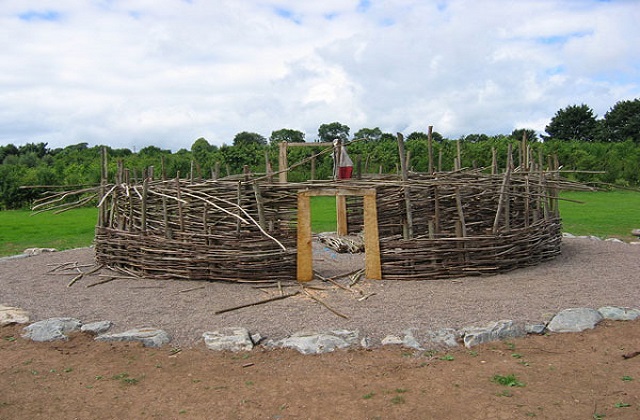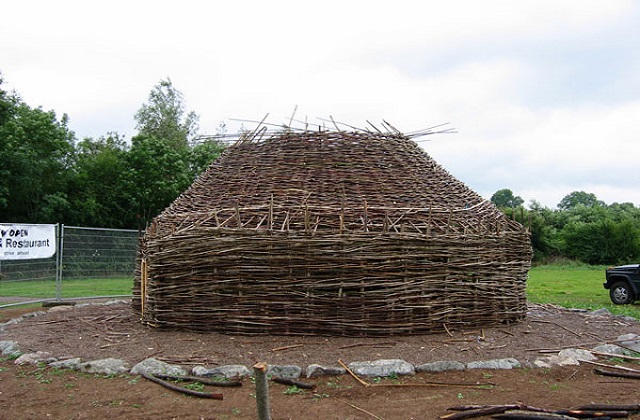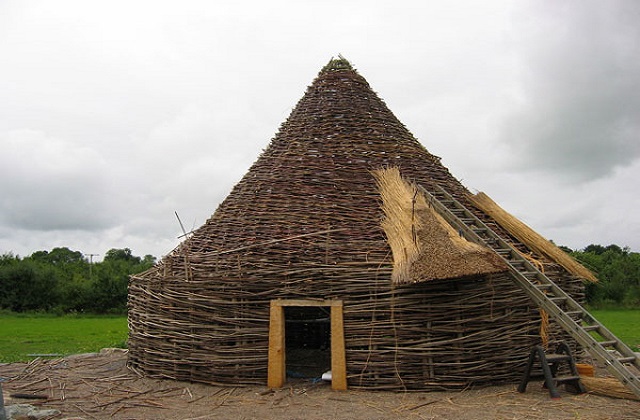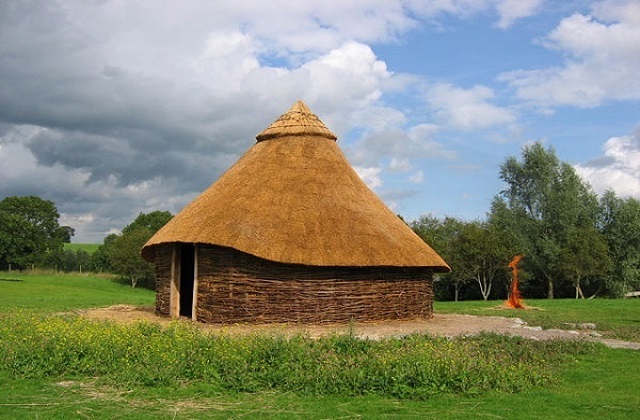- (0)87 2575400
- kyranogrady@icloud.com
Types of Thatch
A roof thatched with water reed, a more durable and water-resistant material than straw, will last 35 - 40 years in Ireland with very little maintenance. When a thatch roof is in need of repair a new layer is often placed over the old.
LONG STRAW THATCHING
In former times , every farm yard had in the rick-yard with, large quantities of threshed straw. Much of this was required for a variety of purposes, but even so there was always a surplus of suitable straw for thatching. Modern developments of farming, and the introduction of the combine harvester, have seriously depleted the thatchers source of supply.
This type of thatching is found particularly along the east coast of Ireland. Here the straw is passed through the mill and has to be later pulled into bundles. To look at it has a more poured on look, much softer in appearance than water reed or combed wheat.
Combed wheat REED THATCHING
Traditionally the straw is cut with a binder when it is still perhaps a little bit green. After stacking the bundles (stooks) they are then thrashed in a special reed combing machine.
Which removes the grain without damaging the straw. This leaves all the butts together, so when placed on the roof, can look like reed. Its name must not, however ,allow it to be confused with water reed, the two materials coming from very widely separated types of plants. There is, however, a distinct similarity in the method of the application of the material to the roof , unlike long straw thatch's poured on effect , the combed wheat reed presents a neat , close-cropped finish. From a distance it could easily be mistaken for water reed, but on closer examination it will be seen that the eves of the wheat reed are cut to shape, a distinguishing point between the two techniques
WATER REED THATCH
Reed (phragmites communis) is indisputably the finest thatching material available. The reed grows on marshland, in the spring the root stock of the reed known as rhizomes produce shoots-colts-which during the summer steadily flourish in height and turn a green hue. The reed should not be harvested till after the first frosts which strip off all of the leaves.
By this time all the growth has gone back down into the roots and you are left with a golden stem 5 to 7 feet in height A roof thatched with water reed, is more durable and water-resistant than straw, it will last from 35 to 40 years in Ireland and longer in milder climates, with very little maintenance.




